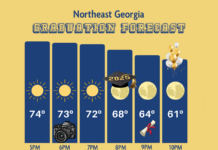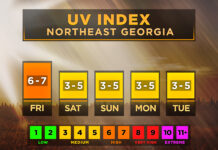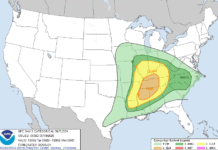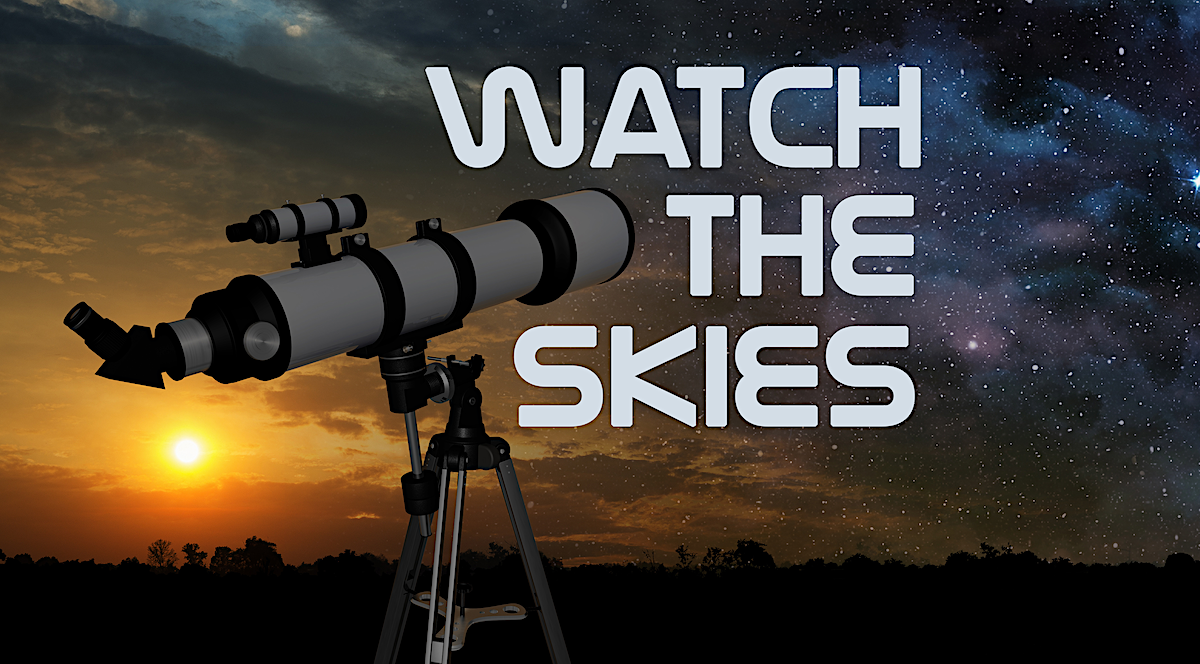
The Planets This Week: Venus continues to be the highlight of the evening sky shining very brightly in the west. It passed by Mars this past week and Mars now lies below Venus during the evening. Jupiter and Saturn are rising earlier, around 10:30PM and 9:30PM respectively. We’re getting into “transit” season for Jupiter, the time of year when you can best view the Galilean moons move across the disc of the planet. Occasionally we can even see ongoing solar eclipses on the disc of Jupiter as the shadows from it’s moons move across. THIS CALCULATOR is a great resource to check out if/when a shadow occurs each day. Keep in mind Jupiter doesn’t rise until late evening right now, but as it gets higher in the sky these transits will be easier to observe. Also, decent telescope is needed to view these transits but they are quite easy to pick out when you have a good view.
Pluto reaches opposition this week but without a 6+” telescope you won’t be able to see our very dim solar system friend.
Naked Eye Object of the Week- The Summer Triangle: One of the most famous asterism of the Northern Hemisphere may well be the “Summer Triangle”. While not an official constellation, an “asterism” is simply a well known, recognized group of stars that make a pattern. The Big Dipper is an asterism since it is not technically it’s own constellation despite residing inside of one. The summer triangle consists of 3 bright stars: Vega, Deneb and Altair, and forms a giant triangle in the summer sky.
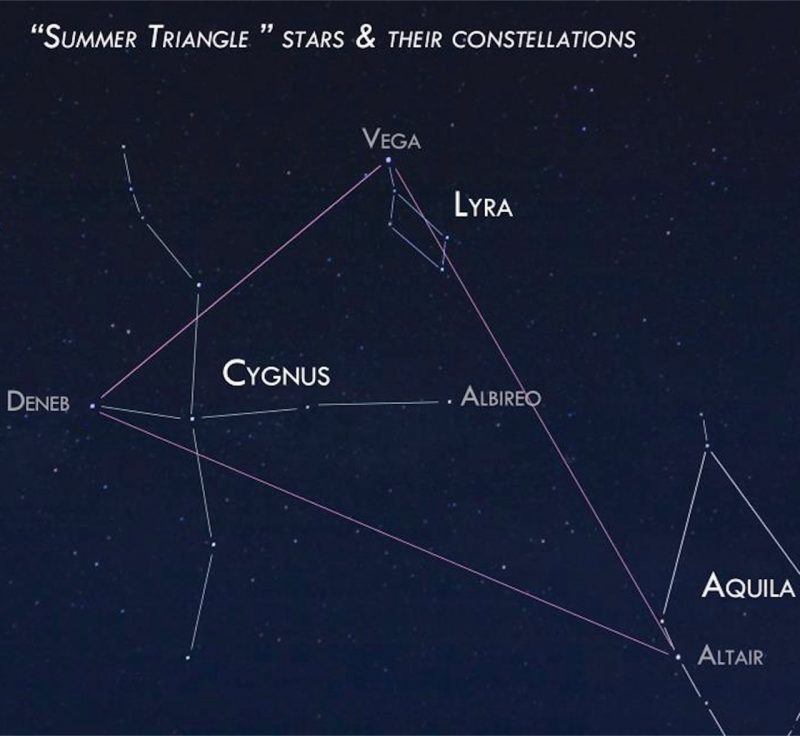
These three bright stars are easily visible and help to highlight the Milky Way which is rising higher in the sky. Deneb is located near the visual “break” in the milky looking arc of the sky, nearly overhead during the overnight hours of July. Vega and Altair also both lie high in the sky and themselves straddle our galaxy’s spiral arm. The asterism itself is a fairly new concept, only first appearing in books back in 1913. It was made popular in the 50’s by American author H. A. Rey and British astronomer Patrick Moore. Head out this week and check out this asterism as the moon makes it’s march across the sky.
Telescope Object of the Week- The Double-Double: I’ve mostly been focusing the telescope part of this feature on nebulae and galaxies, but there are plenty of interesting stars to be seen as well. With the moon getting brighter throughout the week ahead of a full moon on Friday many galaxies and nebulae will be unobservable anyways. So this week head out and check out Episolon Lyrae, commonly known as the double-double. This interesting object is actually 4 stars.

A strong pair of binoculars or a small telescope will reveal two distinct double stars nearly sitting on top of each other, and separated from one another by a small gap; hence the name double-double. This system of stars are all gravitationally bound, and actually have a 5th member not visible from ground based observations. They are around 162 light years from Earth and are easily found in the constellation Lyra near the bright star Vega. The star chart below should help pick it out very easily.

Enjoy the coming week and as always: watch the skies!



